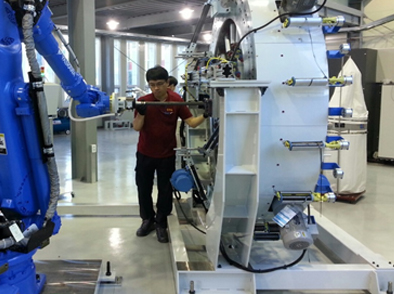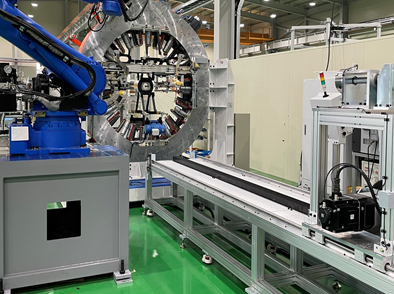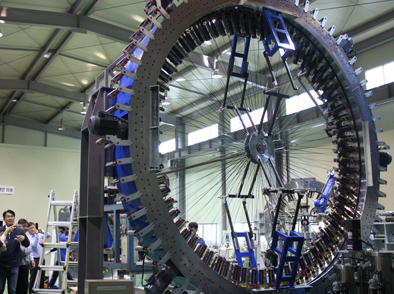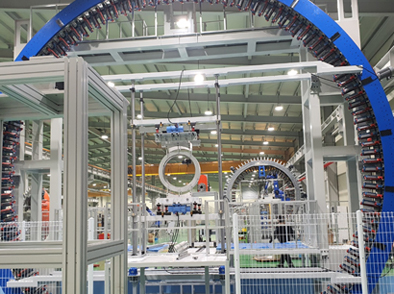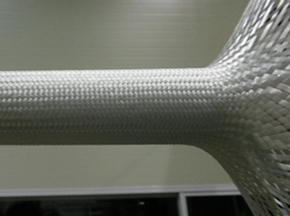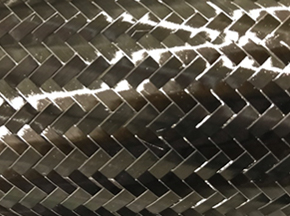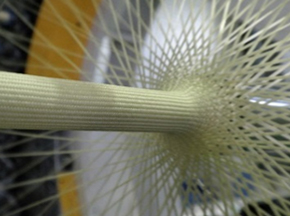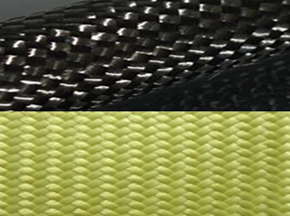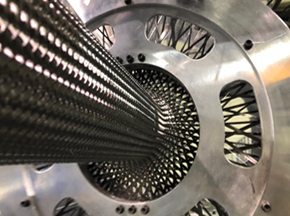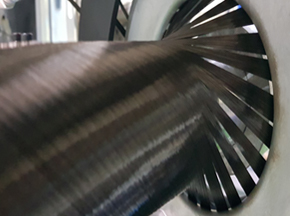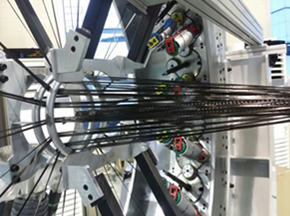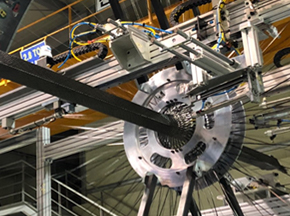T4L’s cutting-edge braiding technology
Dedicated to developing braiding equipment for composite material manufacturing, we provide world-class braiding equipment with
various braiding methods [Circular braider, Radial braider, 4-step 3D circular braider, 4-step 3D rectangular braider, 3D layer to layer]
interlock braider etc.] has been developed with proprietary technology.
Braiding is a technology that can produce a three-dimensional net-shaped preform because it follows the shape of the target object.
During braiding, the yarn is placed directly on the core (mandrel) that has the internal geometry of the target preform.
By reciprocating the core around the braiding points on the braiding machine, a pre-designed number of layers can be braided to
achieve the desired wall thickness/air weight. After braiding, the lightweight core may remain in the product or a hollow product
may be produced using lossy core or air bladder techniques.
Advantages of braiding technology
- Cost-effective method and low waste rate (5-10%) compared to manual layering.
- Excellent reproducibility due to CNC control and automated process.
- Saves time compared to producing preforms manually.
- Braiding angle is programmable from 15° to 80°.
- Depending on the characteristics of the composite material, the ratio between bias yarn/UD yarn can be adjusted in various ways.
- Hybridization in bias and UD directions is possible by applying various yarns.
- 0° (UD) yarn and bias yarn are applied to form a variety of 3-axis braids (bending and twisting),
- providing highly efficient reinforcement for parts subjected to torsional loads.
- Braid improves interlaminar shear properties when combined with other braids. The interlayer adhesion of the braided structure helps
- prevent cracking by allowing the layers to move together.
- 3-axis braided structure provides efficient load distribution and improves impact resistance.
- The braided structure has flexible properties and good resin permeability.
- It is possible to manufacture preforms of various shapes, including eccentric products and products with changes in curvature.
- The braid can be easily and repeatedly expanded to fit the forming tool or core. It can accommodate straight, uniform cross-sectional
- shapes as well as non-linear, irregular cross-sectional components.
- It can be designed to have a high level of flame retardancy, abrasion resistance, flexibility and expandability by applying various fiber
- materials according to the characteristics of the desired product.
- Process automation is possible by linking the braiding process and the RTM process.
- Preform manufacturing using thermoplastic strap and thermosetting towpreg is possible, reducing tooling and process costs
- and increasing production efficiency by reducing defect rates compared to the RTM process.

